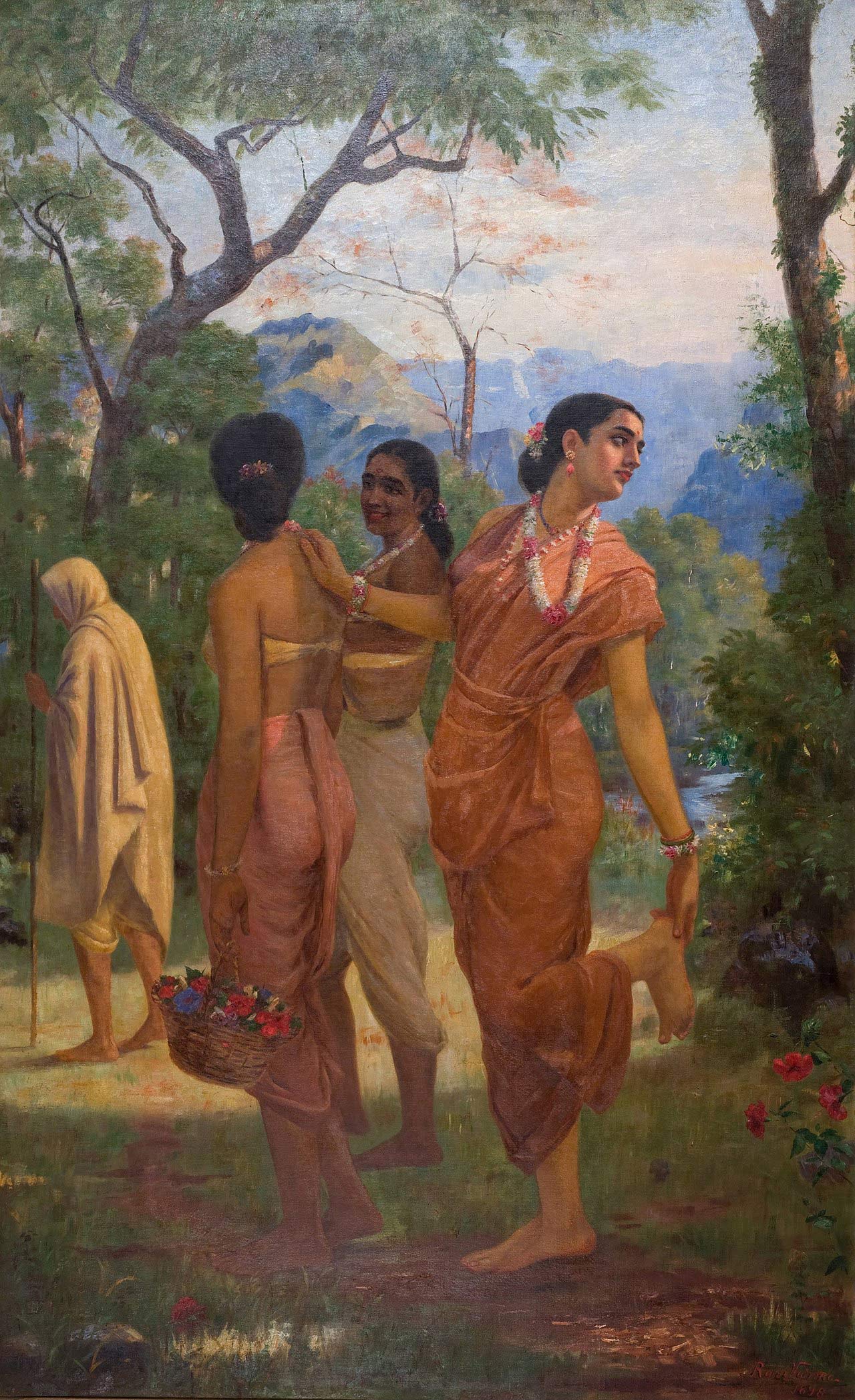
Article by EIH Subject Matter Expert
Dr Sonika Sandhu
Myth changes while custom remains constant; men continue to do what their fathers did before them, though the reasons on which their fathers acted have been long forgotten. The history of religion is a long attempt to reconcile old custom with new reason, to find a sound theory for an absurd practice.”
Sir James George Frazer, The Golden Bough, 1922
While the celebration of Christmas is clearly associated in some manner with the winter solstice, why does it occur a few days after the solstice? And why is there an informal seven day period of celebration between Christmas and New Year’s?
On observation one realizes that the celebration of Christmas is closely associated with the winter solstice, however some questions do arise for example- why is it celebrated few days after the solstice? And why do the celebrations last for seven days until new year’s?
To answer these let’s look back into history and try to compare with a not so obvious culture- The Romans. By Roman tradition December 25 was usually the first day after the week-long solstice period when days began to noticeably lengthen and this could be determined in real time with the existing Roman science. To our fore fathers this time would be the mythical rebirth of the Sun, as after weeks of short solstice days of winter the lengthening of the days would begin and this reversal of the Sun’s movement would be a time of celebration and rejoicing. This festival was named after the Roman God of Time- Saturn and the festival Saturnalia. The Saturnalia festival was one of the important winter festivals of Rome and was celebrated for almost a 1000 years from 497 BCE onwards. Most researchers agree on the dates from Dec 17-24 as being the festival days. Saturn was also worshipped as the God of Agriculture specifically grains, and Dec 17 possibly was a day after the harvesting was done and people had enough to feed and to offer as well. During the early republic days this festival was celebrated for just one day i.e. on Dec 17th . The town officials and senators performed mass animal sacrifices at the Temple of Saturn which was followed by public feasts and revelry. By the time of the late republic this festival now extended over 3 days and by 1st century it was officially being celebrated for a week, however realistically it turned into month long festivities and parties.
By the third century various monotheistic Gods gained prominence, out of these the Sun God ‘Sol’ gained importance during the winter solstice, by the Julian calendar the date for this solstice was fixed at 25th December. Sol was a Syrian version of the Sun god and the festival and feast of Sol Invictus was made popular during the reign of Syrian born Emperor Elagabalus. The widespread celebration of Sol Invictus can be attributed to Emperor Aurelian who made this a empire wide holiday. Emperor Constantine also showed veneration to Sol and even included his imagery in coins and at the Arch of Constantine. He was wise to understand the growing popularity of monotheism and used it to his political advantage and to build support and strengthen his rule. He also moved the Sabbath from Jewish Saturday to Sunday. In 337 CE Emperor officially adopted Christianity and made it an empire wide religion. After this the austere Christian monks tried to remove all pagan influences and traditions but they soon realized that the masses would not forgo their mid-winter fests, so to keep up the monks rebranded the Feast of the unconquered Sun as Christ’s Mass. The first official connection between Christmas Day and December 25th can now be traced to 330-350 CE. Even the iconography of the time is testament to this, as Jesus during this age was represented with a radiating sun ray crown. Augustine in his Christmas sermon of 430 CE famously said “Let us celebrate this day as a feast not for the sake of this sun, […] but for the sake of him who created the sun.” The Saturnalia and The Feast of Sol continued being celebrated but in smaller pockets and communities, but as the Roman empire fell during 5th century these festivals also disappeared into dust along with paganism an polytheism and Roman Catholicism became dominant.
Another Festival which can contribute to our understanding is the festival of Kalends. It was celebrated during the earlier roman era, but was not as important as the Saturnalia or Sol Invictus. It was celebrated for five days from 17th December. Of interest is that it had many elements common to the medieval and later date Christmas celebrations, for example choosing of mock kings to preside over the revels, and gift giving, wearing of soft felt hats.
Some common practices and rituals observed in these fests are:
- Use of evergreen boughs as decorations and hangings on walls
- Since Saturn was an agricultural Deity associated with grain, breads and sweets were baked in large number to be consumed and offered.
- Wax candles were burned as a holiday treat
- Gift giving in the forms of candles, clay dolls and figurines for children and silver ware and clothing for adults was also observed.
- Closing of businesses and Schools
- Singers and performers camped in the streets. The Singers were called Mummers possibly this led to the tradition of carolling in later times.
To conclude, elements of Christmas have developed over the centuries, some have been derived from pagan traditions and some even from Judaism. In the end this festival is the culmination of many traditions, a mosaic of festivals of the past and signifies the notion of cycles and return of God’s redemption.
References:
- Adkins, Lesley, and Adkins, Roy A. Handbook to Life in Ancient Rome. Oxford: Oxford University Press, 1994.
- Aldrete, Gregory. Daily Life in the Roman City: Rome, Pompeii, and Ostia. University of Oklahoma Press, 2004.
- Balsdon, J.P.V.D. Life and Leisure in Ancient Rome. London: The Bodley Head, 1969.
- Mandelbrote, S., 2015. “The Doors Shall Fly Open”: Chronology and Biblical Interpretation in England, c. 1630–c. 1730. The Oxford Handbook of the Bible in Early Modern England, c, pp.1530-1700.
- Miller, D., 2017. Christmas: An anthropological lens. Journal of Ethnographic Theory, 7(3), pp.409-442.




















